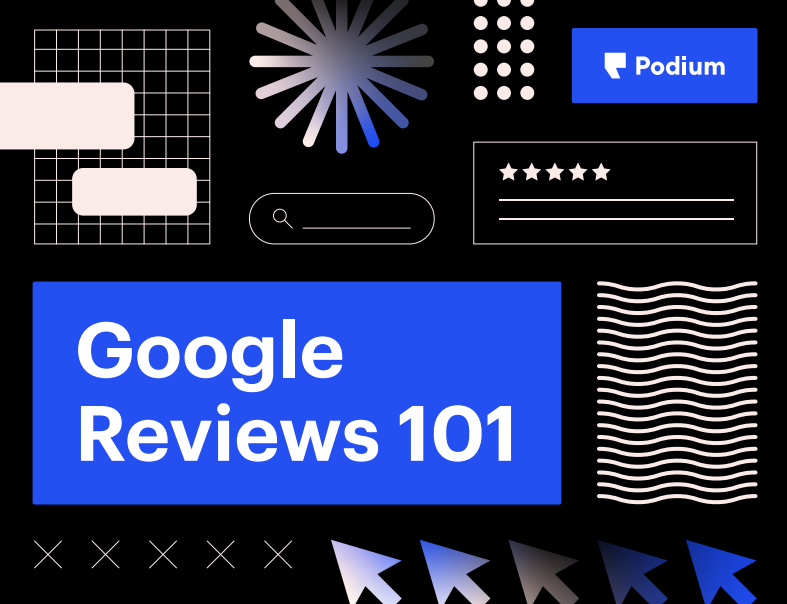Business Loan Calculator
Why Use This Business Loan Calculator
This business loan calculator determines the monthly loan payments for a business loan.
- Use this business loan calculator to explore different scenarios, including how much you can afford to borrow. Business loan calculator tools like this one help you see the monthly loan payments required.
- You also get an amortization schedule showing how much of your payment is applied to principal and interest. This is valuable to see the cost of credit, i.e., how much you ultimately you will spend over and above the amount you originally borrowed.
- Business loans calculators give you information to learn the value of shopping around. Compare lender offers. Even a half of a percentage point can add thousands of dollars more cost to the loan.
How Can I Pay Less Interest?
Interest on a business loan can cost tens of thousands of dollars over the loan’s lifetime. Several strategies can help you save money and pay less interest.
- Improve your credit. Improving your personal credit score and building business credit can help you qualify for a lower interest rate.
- Apply to multiple lenders. Each lender has different loan products and rates. Don’t assume the first answer is the best answer you will get. Applying online saves time.
- Choose a shorter loan. A shorter loan term means you pay less interest because the principal balance goes down faster. However, monthly payments will be higher.
- Pay off the loan early. Consider paying off debt early. Or make extra principal payments. Either approach reduces how much you pay.

Business Calculator Loan FAQs
What is the average length of a business loan?
The average length of a business loan can be a few months to 30 years, depending on the type of loan:
- Commercial real estate loans and SBA loans tend to have a longer loan term – from 5 to 25 years.
- Vehicle loans and term loans run from 2 to 5 years.
- Cash advances and other alternative financing often have the shortest loan term, sometimes just a few months.
What is the average interest rate for a small business loan?
The average interest rate on a business loan is 5% to over 20%. Average loan interest rates vary depending on the type of loan, the economy and market factors. Remember, each lender sets its own rates.
For SBA loans, rates as of May 2020 are:
- SBA 7(a) Loan Rates: 6% to 8%
- SBA CDC/504 Loan Rates: 3.63% to 6.112%
- SBA Microloan Rates: 6.5% to 13%
See source of SBA loans rates.
What is APR and how does it differ from the interest rate?
APR stands for annual percentage rate. APR is a broader calculation than interest rate because it also includes certain lending fees. The APR is designed to tell you the true cost of borrowing as it includes loan origination fees, broker fees, annual fees and certain other funding costs.
Always check the APR in addition to the stated interest rate. The APR can run very high on certain financing products. For example, advances on credit cards could easily have an APR of 20% to 25%. For certain short term loans, lines of credit or personal signature loans, the APR could run as high as 100%!
What is the difference between principal and interest?
Principal refers to the loan amount you borrowed. A portion of your monthly payment is used to repay principal. The “principal balance” means the remaining loan amount you still owe the lender at any given time.
Interest is what you are paying the lender for the use of the money you borrow. Together with fees it’s how the lender earns a profit from making loans.
Small businesses make one monthly loan payment but the payment actually consists of two parts: principal and interest. The abbreviation is P&I.
What is an amortization schedule?
An amortization schedule shows the list of monthly payments needed to pay back a loan. The amortization schedule breaks down what portion of each monthly payment amount goes to reduce the principal balance. Run a calculation above to see an actual amortization schedule.
What is the benefit of paying off a loan early?
The benefit of paying off a loan early is that you save in total interest costs.
Consider how loans work. Each month the borrower is paying a certain amount in interest. When you pay off a loan early, you cut off paying months or years of interest. The benefit is a net savings to you.
However, there are reasons it can make sense not to pay off a business loan early. For example, if you are expanding your business and need the funds to invest in hiring, new equipment or technology, then spreading out the cost with a loan may be the only way to afford the investment without a cash flow crunch. On top of that, you may be able to claim a tax deduction for the business interest expense. All things considered, it may be more advantageous to keep that loan.
Why does the loan balance reduce more slowly at the beginning?
Some small business borrowers are surprised to see how much they still owe after months of making payments. That’s because in the beginning of a loan more of the payment goes toward interest, and less goes toward reducing principal.
However, as time goes on, this flips around. Eventually, more and more of the payment gets applied to the outstanding principal balance, and less will go to interest.
Your total monthly payment does not change. Your rate does not change. The only thing that changes is what proportion of the payment goes toward reducing principal and how much toward interest.
Let’s step back to understand how this works.
Example: You take out a loan for $200,000 at 7% for five years. In month 1, the portion of the payment going toward interest is $1,166.67. That’s because in month #1, interest is calculated based on the full loan amount. Take the outstanding loan balance and multiply by the rate, then divide by 12 (so you get the calculation for just one month).
200,000 x .07 / 12 = 1,166.67
With each passing month, however, something good starts to happen. Each month the balance goes down. That’s because some of the prior payments were applied to the principal, reducing the balance.
By the time you hit payment #12, the outstanding balance is just $168,358.56. The amount going to pay interest has dropped to 982.09. That’s because interest is calculated on the lower outstanding balance at that point:
168,358.56 x .07 / 12 = 982.09
This leaves more of your payment to go toward principal.
You’re still paying the same total payment every month. It’s just that less of it is going toward interest, leaving more of it to reduce the principal balance. This phenomenon begins to pick up speed.
With each passing month, more of the monthly payment is applied to principal. Thus, the principal balance starts reducing faster and faster each month, until it dwindles to nothing.
This may sound complex, but it becomes clear when you look at an amortization schedule. Run the business loan calculator above to see an amortization schedule showing this effect in action.
What is a prepayment penalty?
A prepayment penalty is a fee charged to the borrower for making an early loan payoff. The fee compensates the lender for the interest lost when the borrower pays a loan off early.
Each lender decides whether to charge a prepayment penalty and if so, the amount. If there is a prepayment penalty, it must be disclosed and included in the loan documentation.
- If you are considering paying off an existing business loan, first check to see if you have a prepayment clause.
- If you are shopping for a new business loan, always check into prepayment penalties.
Do small business loans have prepayment penalties?
Loans for small businesses usually do not have a prepayment penalty. One notable exception is certain SBA loans which do carry prepayment penalties (see SBA Quick Reference Guide).
However, remember that it is up to each lender to decide. Always check – never assume.
What is the prime rate and how does it affect business loan interest rates?
The prime rate is an index published in the Wall Street Journal, based on the Federal Reserve’s monetary policies and cost of capital.
Some business loans are tied to the prime rate. For example, you might see a loan rate quoted as “prime + 2.75%”. This simply means you take whatever happens to be the prime rate and tack on another 2.75% to get the rate the lender charges.
The prime rate as of May 2020 is 3.25%. Historically that is very low. But the prime rate can change at any time. See historical prime rates.
